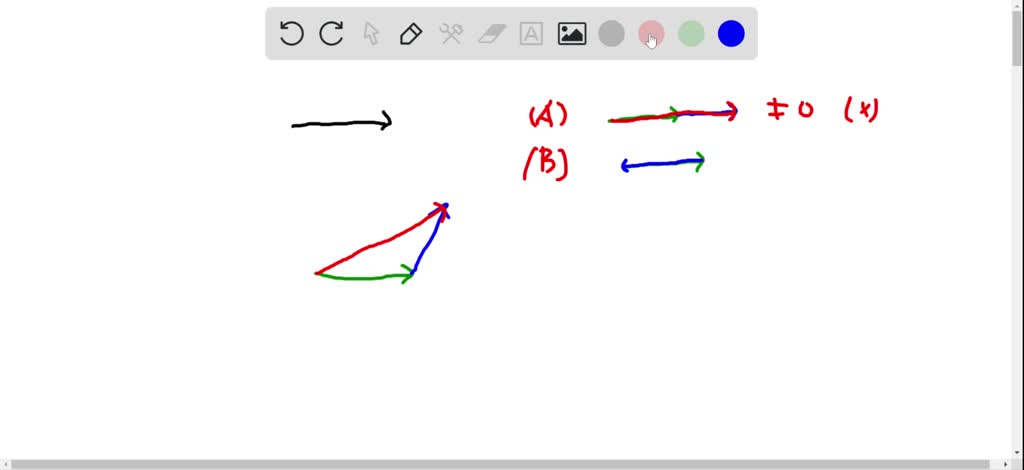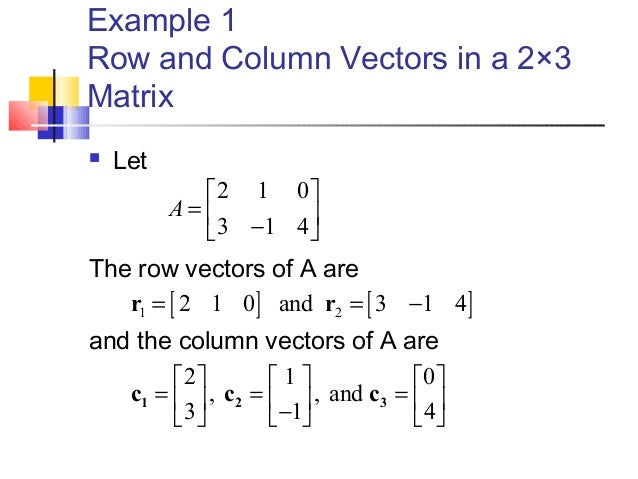
Then return null vector inside function body. For example unit vector of a vector A is given by: In three dimensional coordinate system unit vectors having the direction of the positive X-axis.

Declare function with vector type return type which accepts vector as a variable. We can use the command TensorInnerProduct to check that the vectors X, Y, Z are indeed null vectors. Explanation to the Code: Include necessary header files. Y := 1 2 2 b 2 + 1 2 2 a 2 D_t + 2 a b D_x + − 1 2 2 b 2 + 1 2 2 a 2 D_z Since the homogeneous equation always has the trivial solution (x0), we know the zero vector is always in the null space of a matrix. Y ≔ NullVector σ, &phi 2 assuming a :: real, b :: real Use the command NullVector to find the corrresponding null vectors X, Y, Z. However, there is one important exception to vectors having a direction: the zero vector. displacement of throwing an object upward and then again holding it at. Use the command SolderForm to create a solder form &sigma. two people pulling a rope in opposite directions with equal force. G := dt dt − dx dx − dy dy − dz dzĭefine an orthonormal tetrad F on M with respect to the metric g. G ≔ evalDG dt &t dt − dx &t dx − dy &t dy − dz &t dz ĭGsetup t, x, y, z, z1, z2, w1, w2, Mĭefine a spacetime metric g on M with signature 1, − 1, − 1, − 1. With DifferentialGeometry : with Tensor :įirst create the spinor bundle M with spacetime coordinates t, x, y, z and fiber coordinates z 1, z 2, w 1, w 2. It can always be used in the long form DifferentialGeometry:-Tensor:-NullVector. A null vector has no direction or it may have any direction.

This command is part of the DifferentialGeometry:-Tensor package, and so can be used in the form NullVector(.) only after executing the commands with(DifferentialGeometry) with(Tensor) in that order. A null vector is a vector having magnitude equal to zero. With three arguments, the NullVector command returns the (complex) vector with components X i = &sigma iAA ' &phi A &psi A '.With two arguments, the NullVector command returns the real vector with components X i = &sigma iAA ' &phi A &phi ‾ A ' The NullVector command accepts, as its first argument, a solder form with either covariant or contravariant tensor and spinor indices. Let &sigma be a solder form for the metric g, that is, &sigma is a rank 3 spin-tensor such that g ij = &sigma i AA ' &sigma jAA '. Let g be a metric on a 4-dimensional manifold with signature 1, − 1, − 1, − 1. &sigma - a spin-tensor defining a solder form on a 4-dimensional spacetime If we have an arbitrary number of dimensions, the zero vector is the vector where each component is zero.Tensor - construct a null vector from a solder form and a rank 1 spinor If we are feeling adventurous, we don't even need to stop with three dimensions.

We denote the zero vector with a boldface $\mathbf=(0,0,0)$. Example 4 We find the vector that will satisfy the condition Ax0, reducing the augmented matrix: And so: We write the general solution in parametric vector.

With no length, the zero vector is not pointing in any particular direction, so it has an undefined direction. Similarly, a null vector can also be formed, when a zero scalar is multiplied with a non-zero vector, then from scalar multiplication, we can say that the resultant vector formed will be a null vector, with magnitude zero, and no direction. A real life example would be, two people pushing the cars in opposite directions with the same or equal force, or two people pulling a rope from opposite sides with the same or equal forces. However, there is one important exception to vectors having a direction: the zero vector, i.e., the unique vector having zero length. This null vector will have zero magnitude and no direction. Definition of vector space (1) + is commutative: u + v v + u (3) There is a zero vector O: O + u u (4) Each vector v has a negative -v: v + (-v) O (5). We define a vector as an object with a length and a direction.


 0 kommentar(er)
0 kommentar(er)
